Social Media from A to Z: 15 Crucial Terms Explained
August 5, 2016 By rightly No comments yet digital marketing, small business
For most small business owners, creating a Vine video, using a hashtag on your Twitter caption, or creating a Facebook event and sending invites to your followers has become a daily practice. But with social media networks adding new features and updating their algorithms on a regular basis, and with new tools popping up every other day, it’s hard to keep pace. Even social media experts are having a difficult time staying up to date with all the changes and new terminology.
With that in mind, this article will look at and explain 15 of the most important social media terms. Whether you still don’t know the difference between a mention and a reply on Twitter or you simply want to freshen up your social media knowledge, check out our list of social media terms you should know.
- AMA
AMA, which stands for “Ask me anything,” first originated from Reddit. Users used this acronym to get other users to ask them questions. Since then, social media marketers started using the term in other settings to generate discussions with their audiences.
BoardReader is a search engine that allows users to search for keywords only in forum threads and message boards. It was developed in 2000 as a response to the lack of instruments that allowed digital marketing specialists to find the information contained in forum posts.
- Click-Through Rate (CTR)
The click-through rate is a common metric used to display the number of times a visitor actually performed the action required, such as clicking on the link on the landing page or email marketing campaign. It is calculated by comparing the number of visitors who clicked on a specific link versus the total number of people who viewed the page. For instance, if 100 people saw your Facebook ad, but only ten users clicked on it, you would have a click-through rate of 10%.
- Display Ad
Display advertising comes in many formats, such as text, images, video, flash, or audio. Everything from banners and videos to annoying pop-ups falls under the umbrella of display advertising. Unlike search ads, which appear in search engine results, display ads usually appear on the website of the advertiser. For instance, if you go to a car’s dealer website, a banner may pop-up telling you about their latest sales.
- Engagement
Social media engagement refers to the act of interacting with other people on different social media channels. Anything from likes, comments, shares to mentions counts as social media engagements. The engagement rate is the percentage of users who saw your social media post and interacted with it (clicked the link, commented, favorited, watched the video, shared it, etc.) This is a valuable metric that can help small business owners know if their social media strategy is effective or if they need to change it.
- Facebook Reach
This metric refers to the number of unique visitors who have seen content posted on your Facebook page. Do not confuse Facebook reach with impressions, which refers to the total number of times your posts are viewed, including multiple views from the same person.
- Geotag
Several social media channels, such as Instagram or Facebook, provide users with the option of attaching their directional coordinates to their posts. Instagram users, for instance, often use the geotag function to display the location in which their photo was taken and to boost the number of likes on their posts.
- Hashtag
A hashtag is a type of metadata used on social media platforms to make it easier for people to find messages on a specific topic. To create a hashtag, users need to place the sign # in front of a word or phrase (#blacklivesmatter, #occuplywallstreet, etc.)
A lot of people are using hashtags these days. But, if used without a purpose and without adding value to your content, they can become annoying. Create hashtags that are short and can be recognized easily by your followers. Use them to tell or enrich your personal brand story.
- Influencer
There’s a common misconception about influencers. Most people believe that an influencer is someone with tons of followers. But, that’s just one side of the coin. From a digital marketing perspective, an influencer is someone who is also a passionate brand advocate. Not only that they can reach a massive audience, but people are truly interested in what they have to say.
- Like-Baiting
We’ve all seen one of these posts:
“Click like if you love puppies, share if you love kittens.”
These posts are called “Like-baits” and, similar to click-baits, they refer to the practice of sharing controversial headlines or “likable” photos in the attempt to grab attention and get people to like and click. Most of the time, the information is not relevant or in line with the brand’s key message.
- Mention
A mention refers to the act of tagging another user in a social media message (@username on Twitter or +username on Google+.) The users will be notified that you’ve mentioned them in a post.
- Native Advertising
Native advertising is a type of “camouflaged” advertising that matches the tone of voice and form of the platform where it’s published. Most of the time, it is presented as an article or video created to promote a service or product while matching the style and form with which the public was accustomed.
- Reply
A reply is a response to someone’s tweet that begins with the other user’s @username. The main difference between a reply and a mention is that the former only appears in the timelines of users who follow both accounts.
- Social Proof
Social proof is a psychological phenomenon in which people want to have their decision validated by other members of their community. For instance, when a prospect sees that 10,000 other people have subscribed to a newsletter, they are more inclined to give you their email address.
Zapier is marketing automation software that allows you to connect with other apps, making it easier for you to streamline repetitive tasks. For instance, you can connect your Facebook and Twitter pages to tweet posts from your Facebook account.
What other head scratching social media terms have you encountered? Share your experience in a comment below.




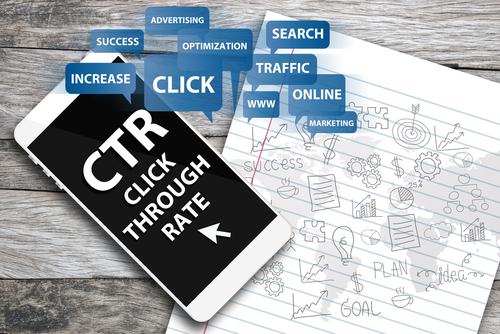

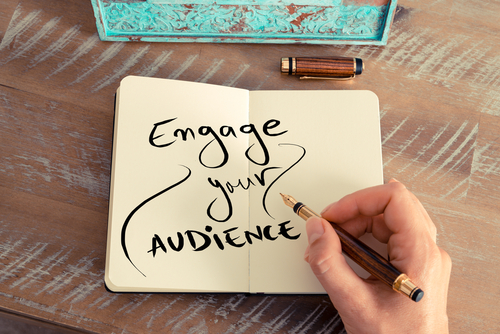
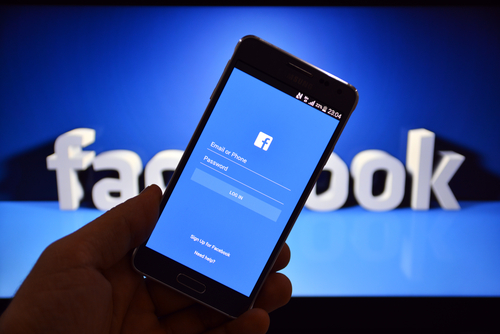
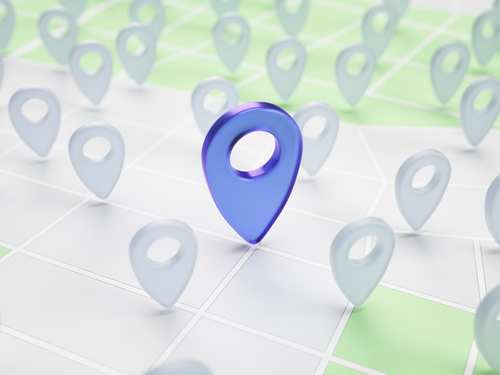
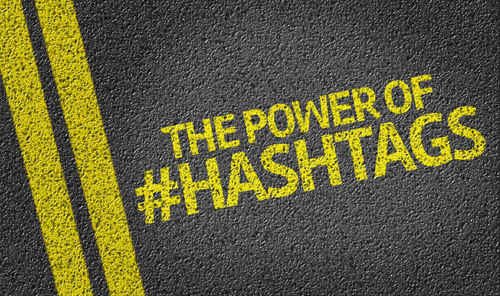

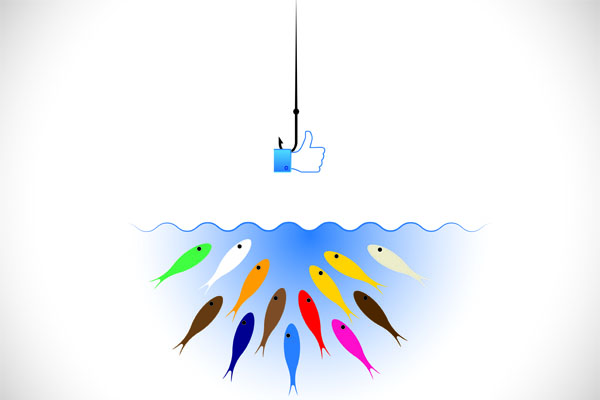
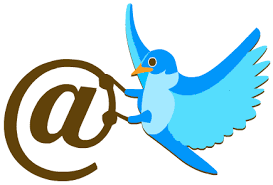
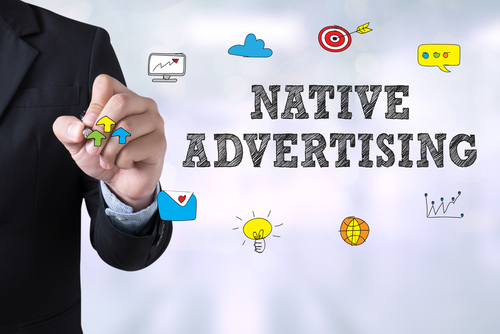
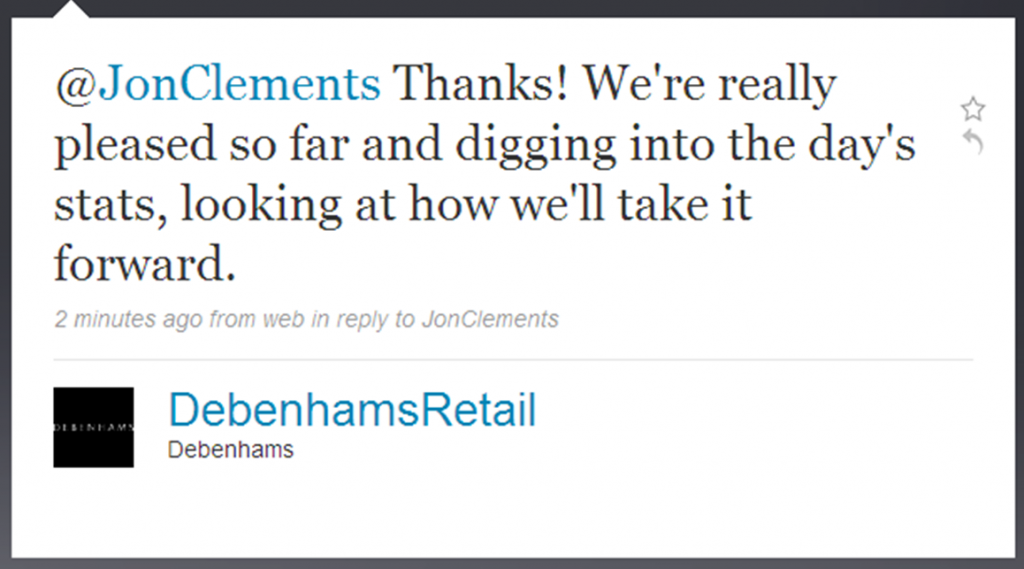
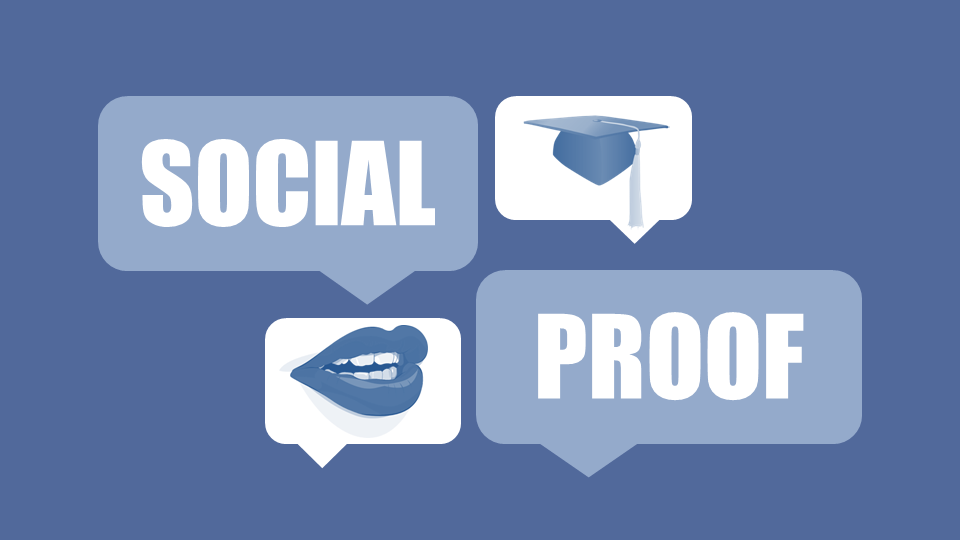
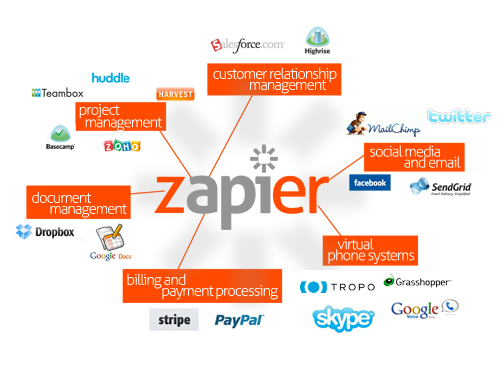


Leave A Comment